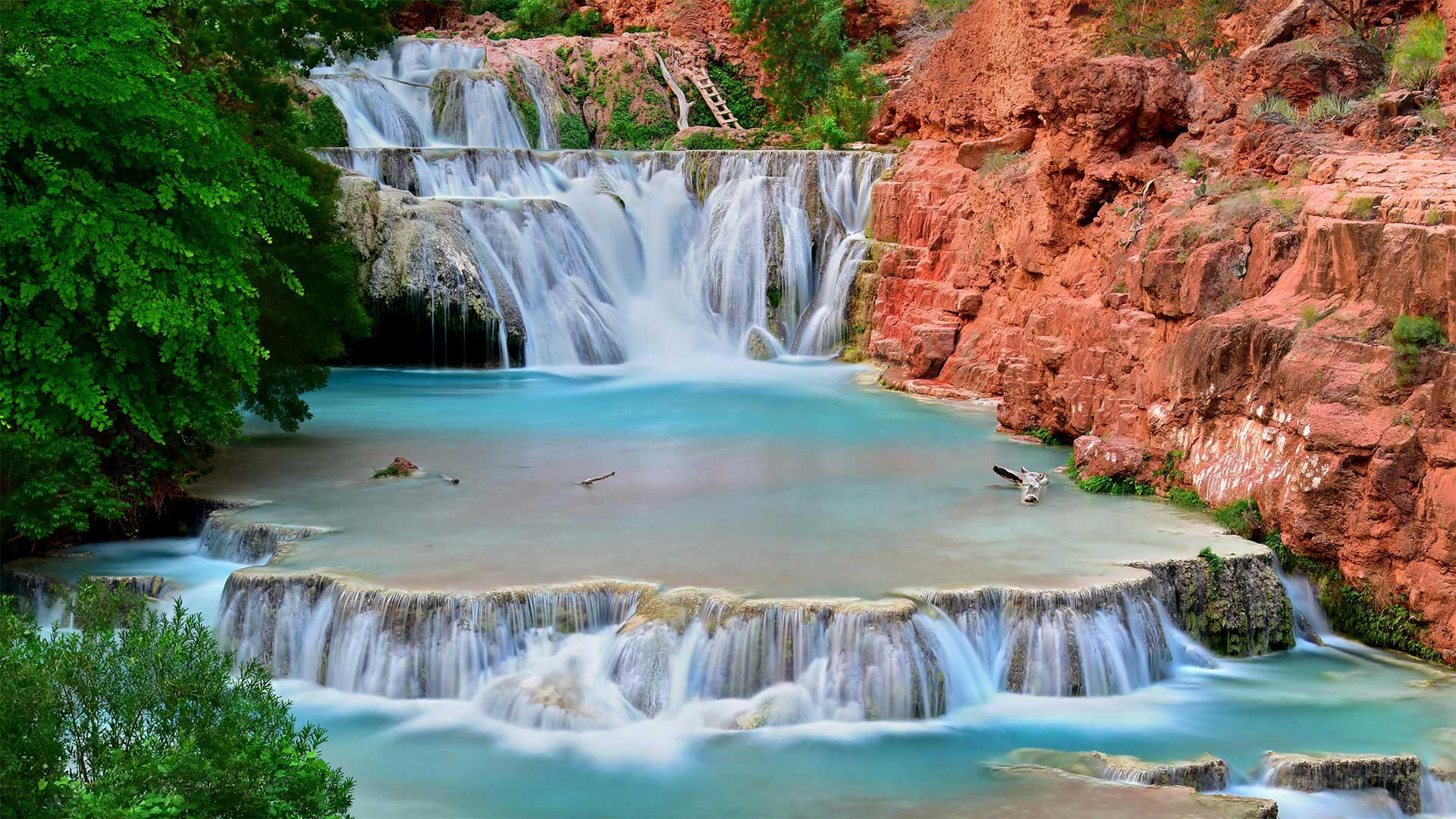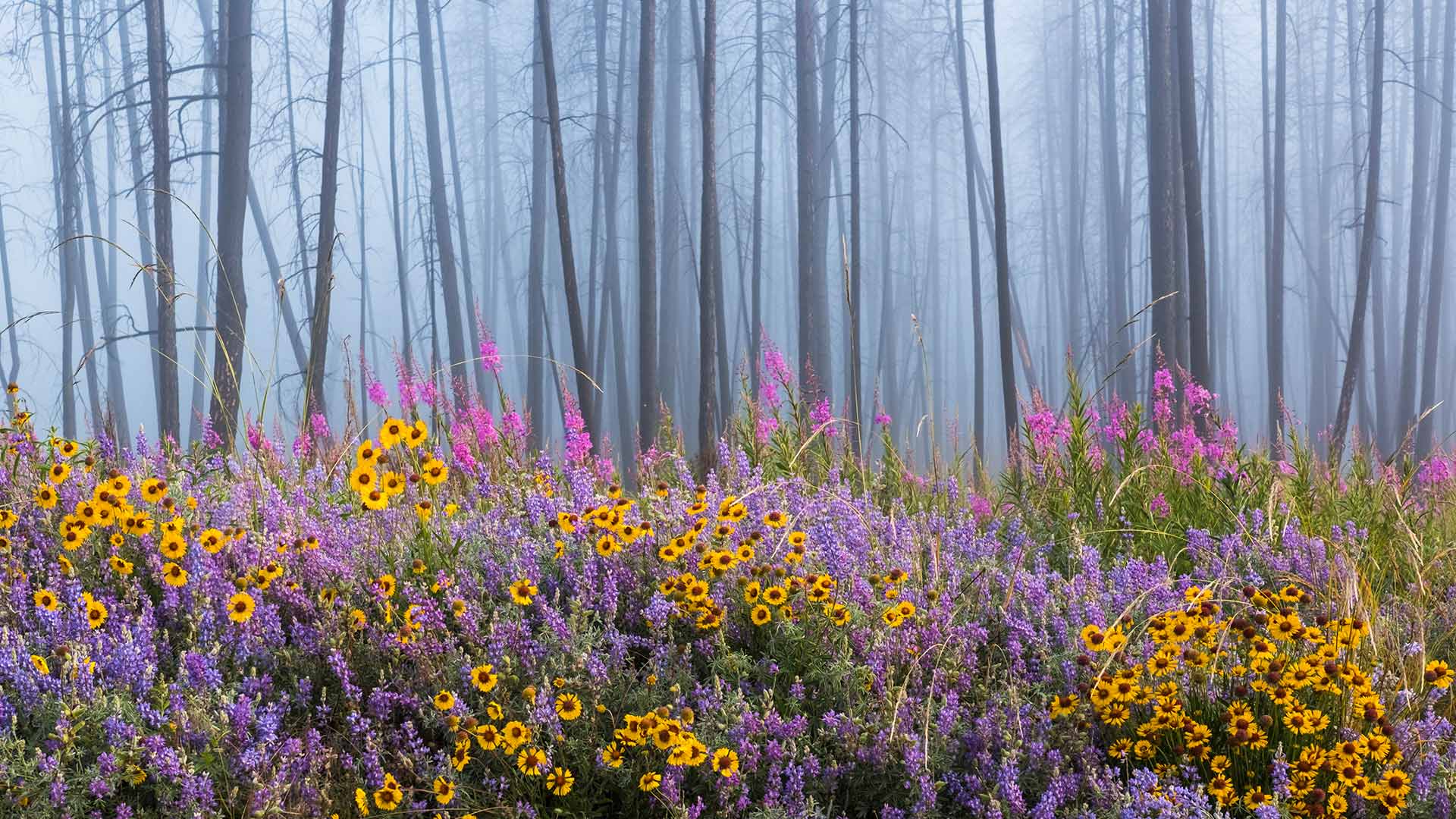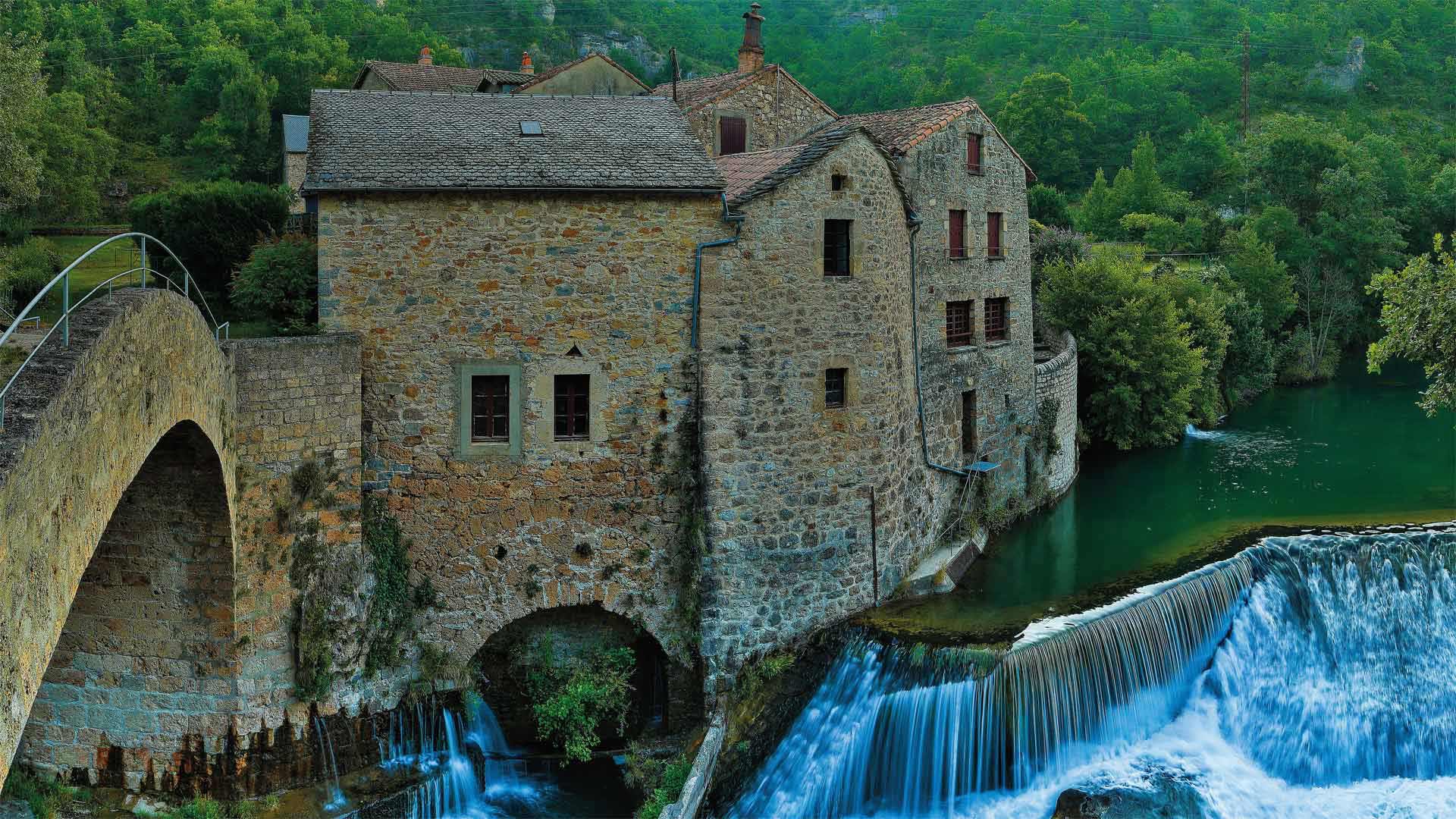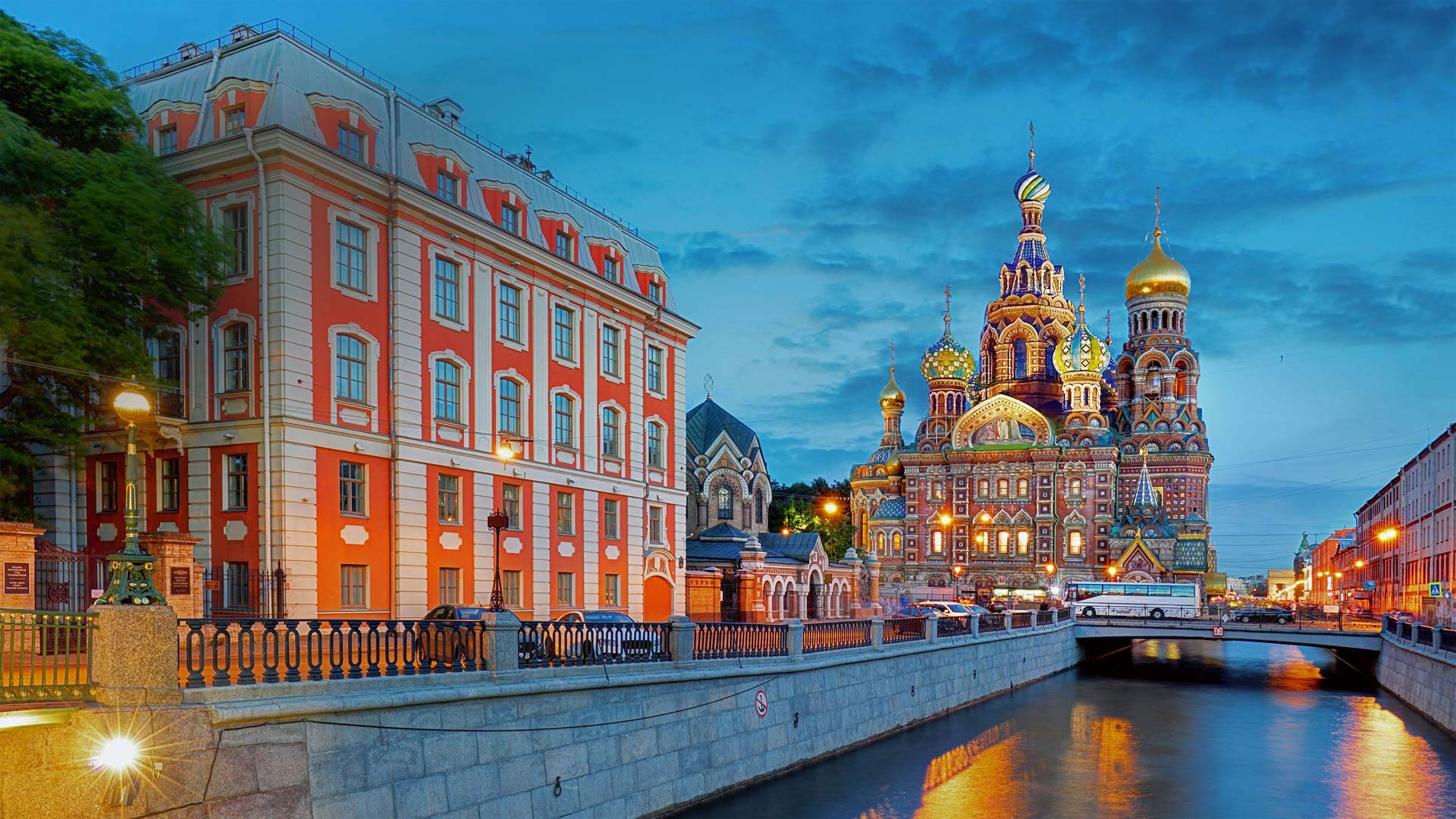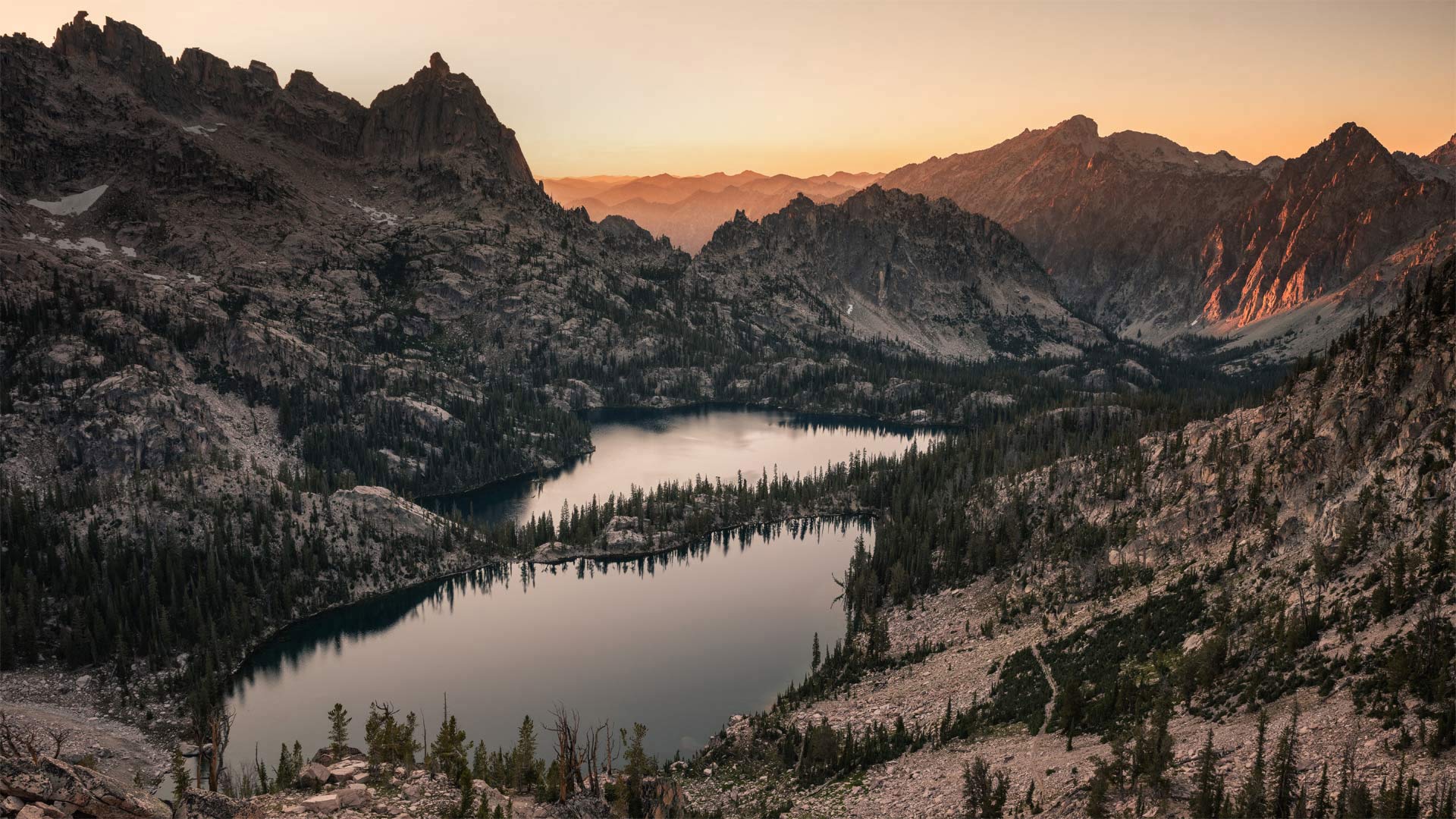厄勒布鲁附近湖上的仲夏之光,瑞典 Midsummer light captured at a lake near the city of Örebro, Sweden (© Anders Jorulf/Getty Images)

厄勒布鲁附近湖上的仲夏之光,瑞典 Midsummer light captured at a lake near the city of Örebro, Sweden (© Anders Jorulf/Getty Images)
Midsummer's Eve in Sweden
This mirrorlike lake—pictured not at dawn nor dusk, but under the tireless midnight sun that marks Scandinavian summers—lies just outside Örebro, a midsized city in south-central Sweden. To Swedes, tonight is the eve of Midsummer, a summer solstice holiday with roots in ancient, pagan Europe that's now (at least officially and to the pious) also held to honor the birth of Christian figure John the Baptist.
